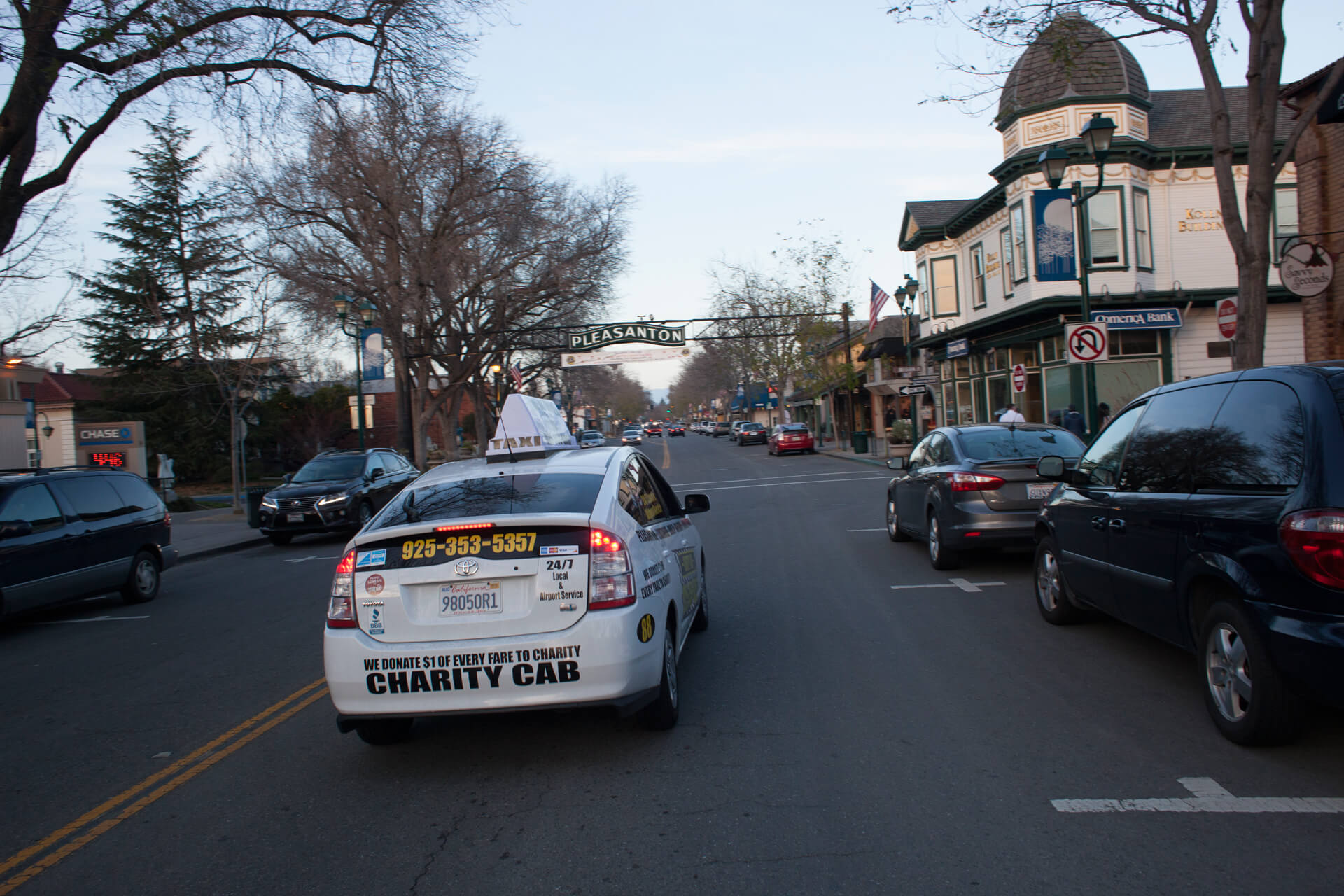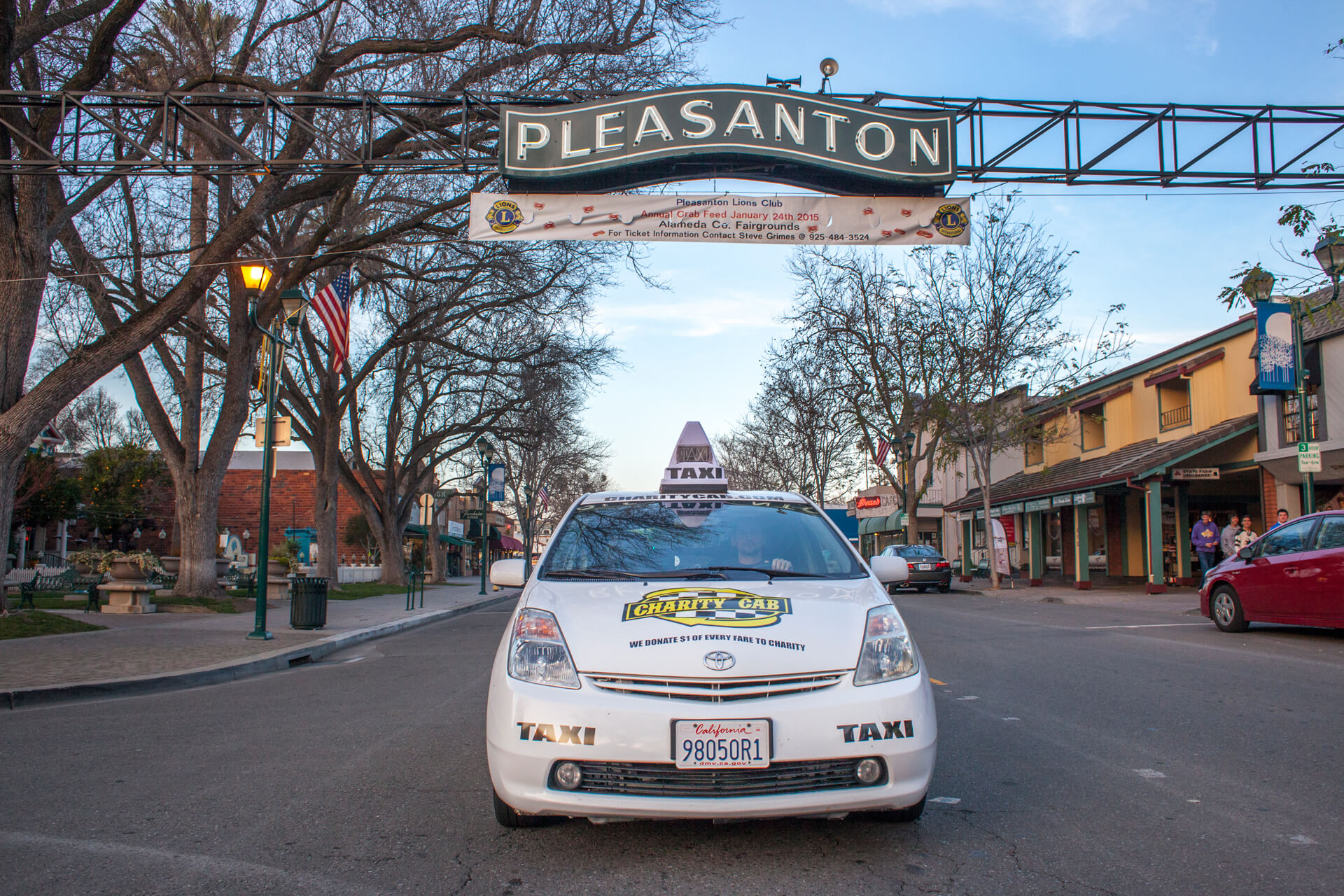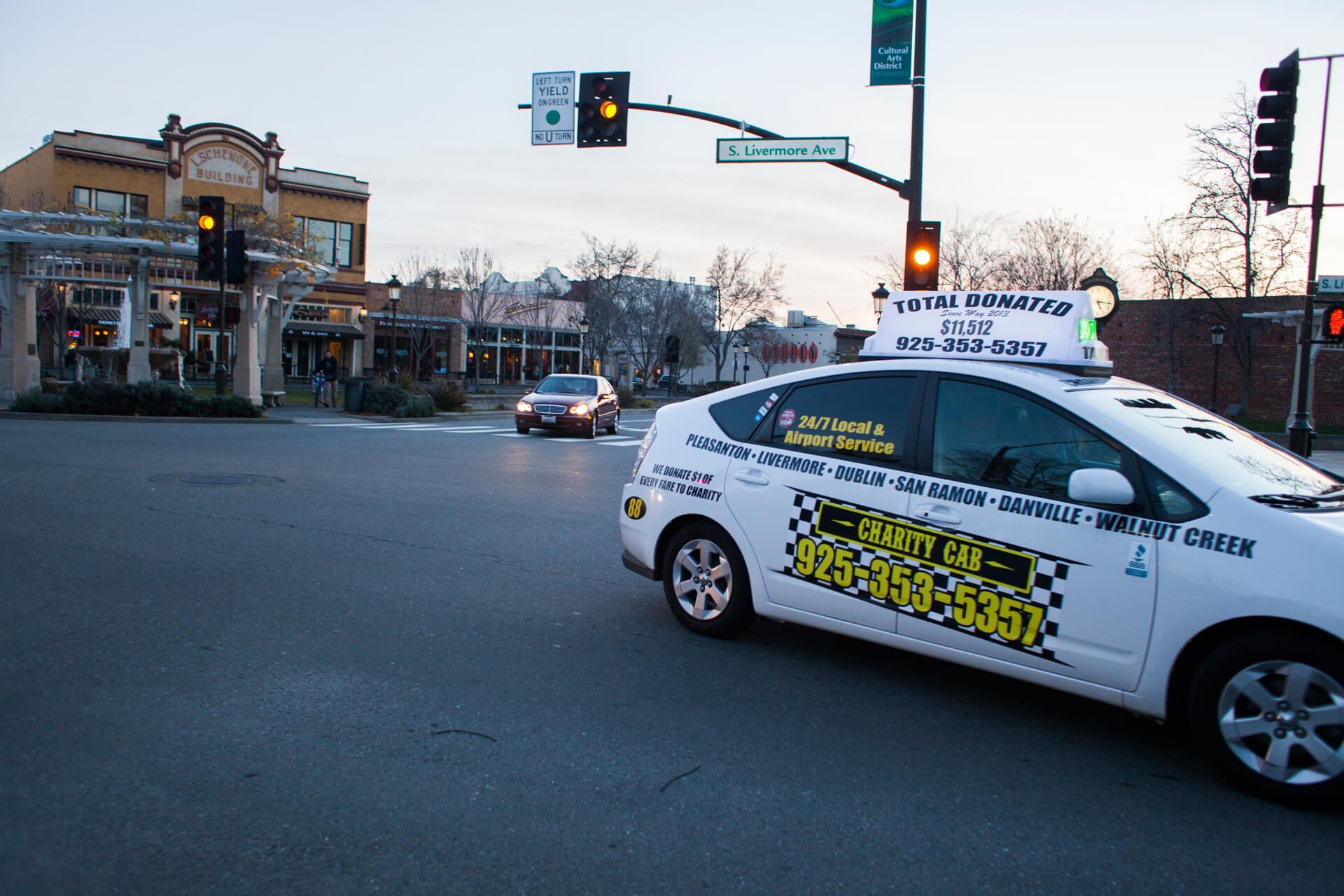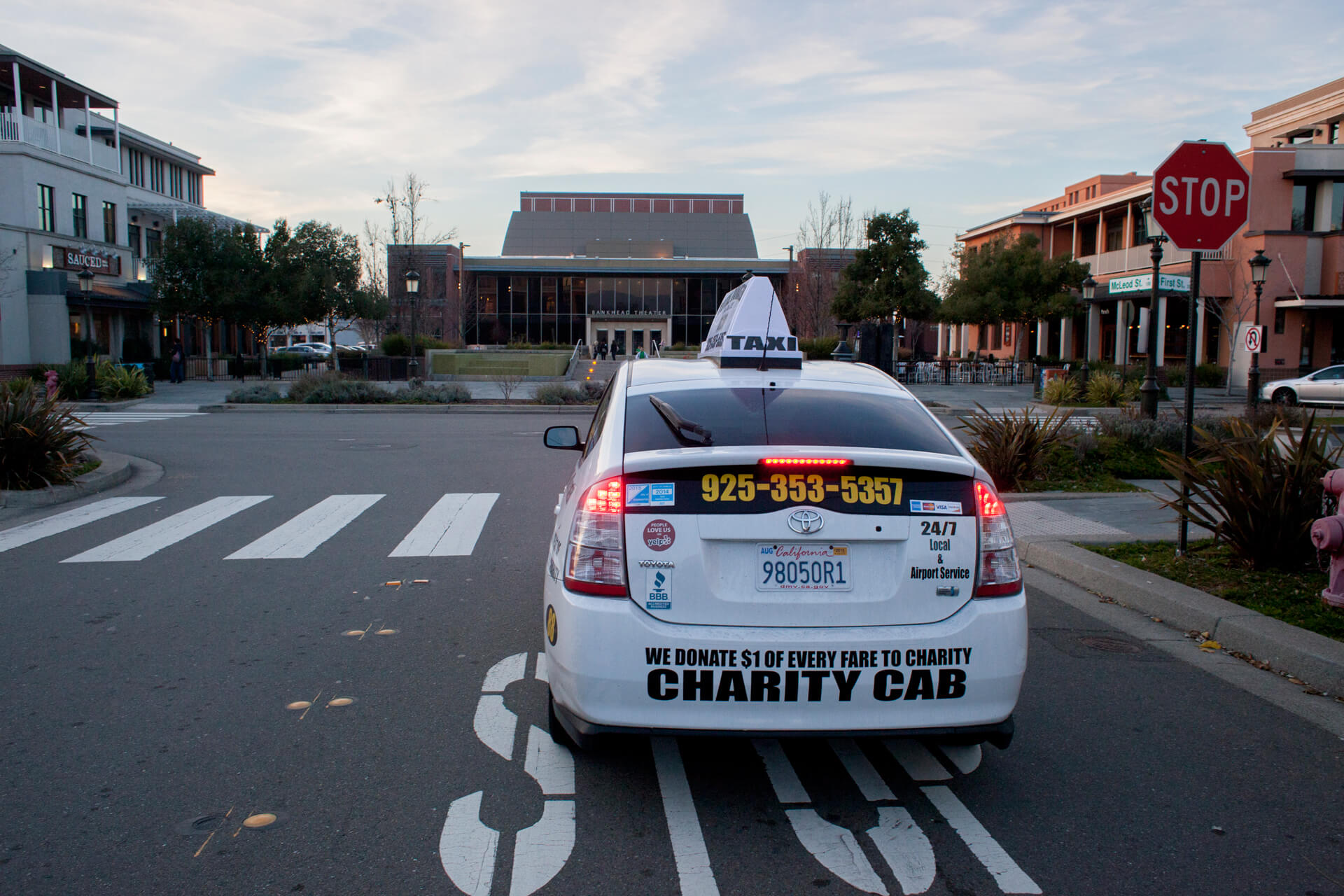Traveling in winter poses a lot of potential setbacks for passengers. Will there be more traffic on the highway? Will your flight leave on schedule? Will it be cancelled altogether? Did you remember to pack your rain gear? These are just a few of the worries that pass through the minds of the thousands of travelers in airports across the nation.
And so it happens to you. You’ve got a flight booked for this evening, and you’ve just read on the news the potential for thunderstorms at the airport. Will your flight get cancelled? Can planes even fly during a thunderstorm? Before you tie your hair into knots, read through this blog and get some in-depth insights on what goes into determining whether or not a plane can fly during a thunderstorm.
What to Consider Before Flying During a Storm
Careful consideration goes into each action before deciding whether or not to cancel a flight – or dozens of flights, as is often the case. But what exactly are the deciding factors as to whether or not a plane will fly during a thunderstorm? Here is a glimpse.
1. Lightning
While this might be the most visually spectacular phenomenon, it’s actually not the most troublesome for airplanes. While it’s not ideal to be struck by lightning, it’s also not that common or that detrimental. A plane acts as a Faraday cage, protecting passengers from shock and also allowing a lightning strike to travel virtually in one ear and out the other with little to know damages to the plane itself.
2. Runway Conditions
 This is probably the most important factor, and one that commonly delays or cancels flights altogether. If a plane cannot safely land or take off due to a storm at either the departure or arrival airport, then it’s a no-go. If the storm is in full swing at your departure location, you’ll likely have to wait it out until safer traveling conditions emerge.
This is probably the most important factor, and one that commonly delays or cancels flights altogether. If a plane cannot safely land or take off due to a storm at either the departure or arrival airport, then it’s a no-go. If the storm is in full swing at your departure location, you’ll likely have to wait it out until safer traveling conditions emerge.
3. Intensity
We should also point out that it depends on what you might call a “storm.” If it’s heavy rain, but nothing too dramatic, then you probably won’t face any issues. If, however, you’re getting several inches of rain in an hour, coupled with the chance of high winds, hail, or worse, then no, you’re probably not going to want to take off from the runway.
4. Size
The girth or width of the storm itself is also a major factor to consider. Can a plane safely fly around the storm? Planes typically try to stay at least 20 miles away from large storms. If an alternative route is feasible, it will be taken – and usually this just means a slightly longer travel time for the passengers.
5. Turbulence
Downdraughts and updraughts (or harsh, sudden movements of air within a storm) are a big no-no for airplanes. These changes in pressure and severity can push an airplane around like a child’s plaything, not affording the pilot the control needed to safely navigate the aircraft and keep passengers comfortable in the process.
6. Wind Shear
Wind shear is when the direction or velocity of air changes suddenly. This is very common in thunderstorms, and another reason why your plane might not fly.
7. Hail
Hail might seem like snow’s heavyweight cousin, but it’s a lot more than that. Hail storms can cause damage to the plains outsides, windows, and more, and can be a huge distraction when navigating through a thunderstorm.
More Dangerous Weather Conditions
It’s not just thunderstorms that pilots have to watch out for. In fact, in many cases, a thunderstorm isn’t reason enough to cancel a flight. Pilots often find ways to navigate around a storm, rather than passing through it. However, these other weather conditions present high danger for airplanes trying to land or take off:
- Ice on the runway
- Snow
- Intense rain
- Fog
- High wind
In the end, it’s important to trust the judgment of your pilot and the airport staff. Sure, you might be upset that your flight is delayed or cancelled – but that’s a million times better than having to deal with a scary situation up in the air, when there’s not much to be done but to hold on to your hat and hope for the best.
In short, to answer the question of whether or not planes can fly during a thunderstorm, yes, they can. However, there are many factors to consider when determining the alternate route of the aircraft, take off, and arrival procedures. And, long story short, don’t get too mad at the pilot if he or she cancels your flight – they only have your safety in mind.








